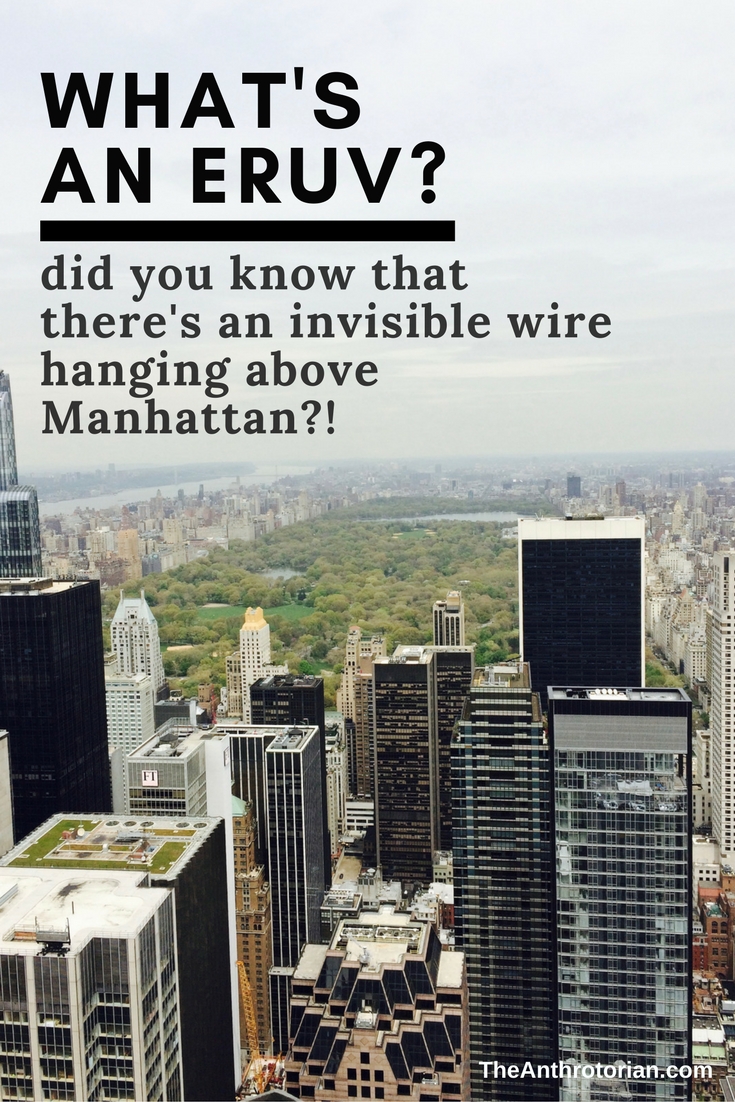Like most big cities, the one that I live in used to have an efficient and elaborate street-car system that was dismantled long before I ever came along, and the streets were overtaken by cars.
The hot conversation now however, is how to expand and create more efficient public transit options (like extending the light rail transit services) so that people have to use their vehicles less.
If only we hadn't dismantled those streetcars. Which raises the question — why were they dismantled in the first place?
Some say that as vehicles became more popular, people chose to drive directly to their destination rather then cramming into a sweaty streetcar and being dropped only "nearby". Other's claim that busses were cheaper to run because no additional track was required to reach the ever-growing suburbs.
Another theory however, and one that has been explored over and over again by scholars, researchers, journalists and conspiracy theorists, is that General Motors (GM) and other car companies conspired to systematically purchase and dismantle streetcar and electric train systems.
Known as the General Motors Streetcar Conspiracy or the Great American Streetcar Scandal, this theory examines the actions of National City Lines and Pacific City Lines (both invested in by GM, Firestone Tire, Standard Oil of California, Phillips Petroleum, Mack Trucks and the Federal Engineering Corporation) from 1936-1950. During this time, the two companies purchased more than 100 electric surface-traction systems in 45 major cities and converted them into bus operations.
Some theorists claim that this was a business strategy created by GM to expand auto sales and maximize profits — rather than walk, people would buy Buicks.
"In 1921, GM lost $65 million, leading {GM} to conclude that the auto market was saturated, that those who desired cars already owned them, and that the only way to increase GM's sales and restore its profitability was by eliminating its principal rival: electric railways.
At the time, 90 percent of all trips were by rail, chiefly electric rail; only one in 10 Americans owned an automobile. There were 1,200 separate electric street and interurban railways, a thriving and profitable industry with 44,000 miles of track, 300,000 employees, 15 billion annual passengers, and $1 billion in income. Virtually every city and town in America of more than 2,500 people had its own electric rail system." (source)
Sensationalized in movies like Who Framed Roger Rabbit, sources claim that this competition was reduced through the use of bribery, freight leverage and a pack of notorious mobsters.
In 1949, many of the companies involved were convicted of conspiracy to monopolize interstate commerce, but many still don't believe that an actual back-room, behind closed doors conspiracy actually took place amongst these powerful companies.
No matter what you believe, there is no denying that North Americans live a life of automobile dependency, and the hearts of many of the largest cities on the continent are completely devoid of life after the workday because of a lack of reliable public transit.










